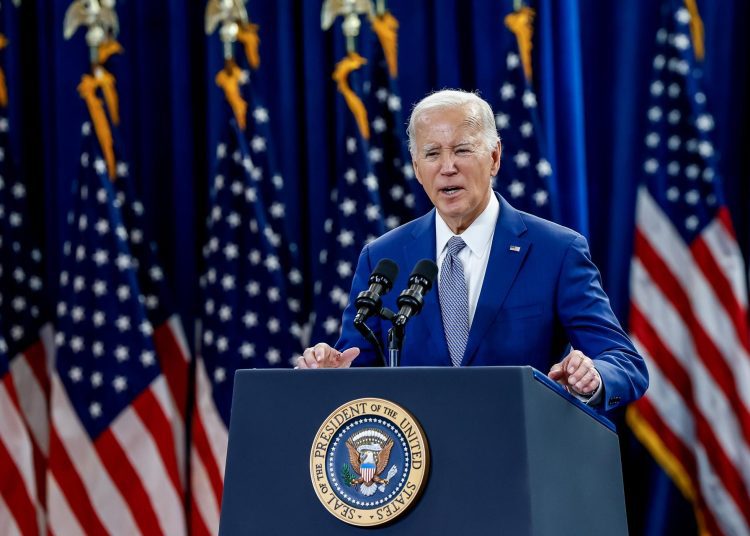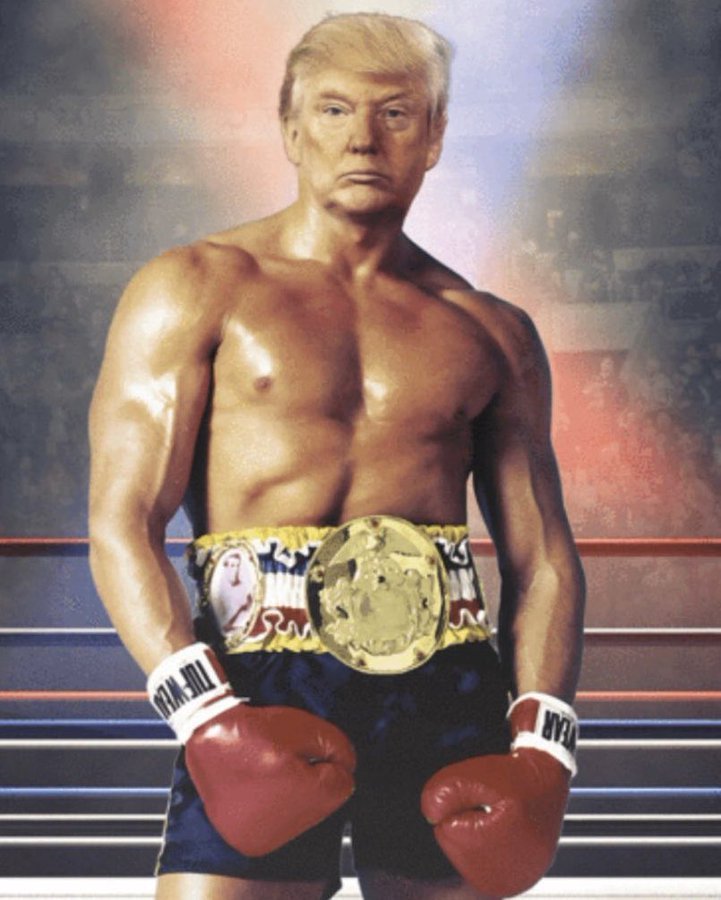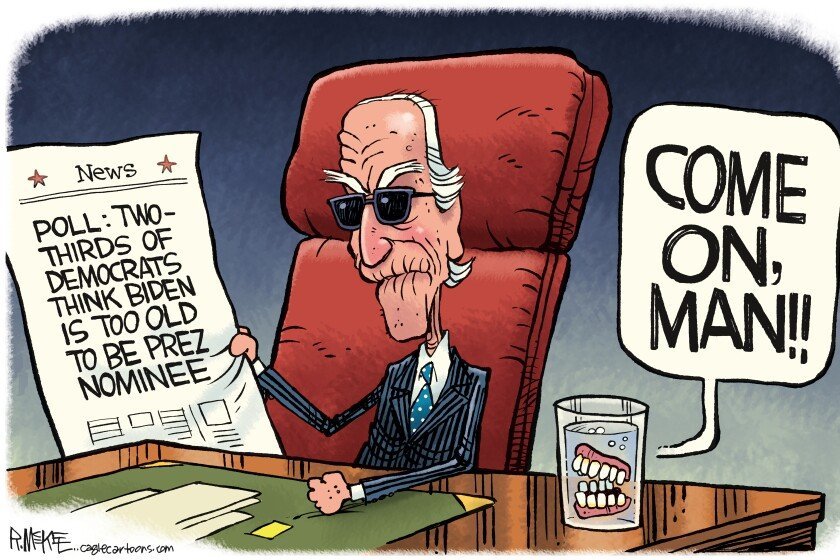Cultural, sociological and demographic studies have coined the term baby boomers to designate an abundant generation of Americans born approximately between 1946 and 1964, basically as an expression of post-war confidence and well-being.
In 1946 in the United States there were 3.4 million births, 20% more than in 1945. A year later, 3.8 million babies came into the world; 3.9 million were born in 1952 and more than 4 million were born annually from 1954 to 1964. The demographic result did not take long in coming. By then, there were 76.4 million baby boomers in the environment, that is, an increase of more than 50% of the inhabitants of the United States in 1945.
They lived and played a role in the civil rights movement, the Vietnam War, the hippie movement, the Woodstock festival (drugs, sex and rock and roll), feminism, the Watergate scandal, the conservative revolution of the 1980s, the fall of the Berlin Wall, the contraceptive pill, the Internet and the democratization of computers, among others. And they produced presidents like Bill Clinton (1946), George Bush Jr. (1946) and Barack Obama (1961); musicians and singers such as Jimi Hendrix (1942-1970), Janis Joplin (1943-1970), Jim Morrison (1943-1971), Cher (1946) and Madonna (1958); actors such as Meryl Streep (1949), Denzel Washington (1955) and George Clooney (1961); innovators and entrepreneurs such as Steve Jobs (1955-2011), Bill Gates (1961) and Jeff Bezos (1964).

“Forever Young,” that famous Bob Dylan tune, was like a generational manifesto about eternal youth. A baby boomer could reach the stars if he set his mind to it:
May your wishes all come true
May you always do for others
And let others do for you
May you build a ladder to the stars
And climb on every rung
And may you stay
forever young
forever young
forever young
May you stay
forever young
But like all manifestos, it was short-lived. The time of aging came to the forefront of baby boomers around 2011, the moment they began turning 65, which affected the age distribution of the population in the United States. They call it “the baby boomer factor” in population aging.
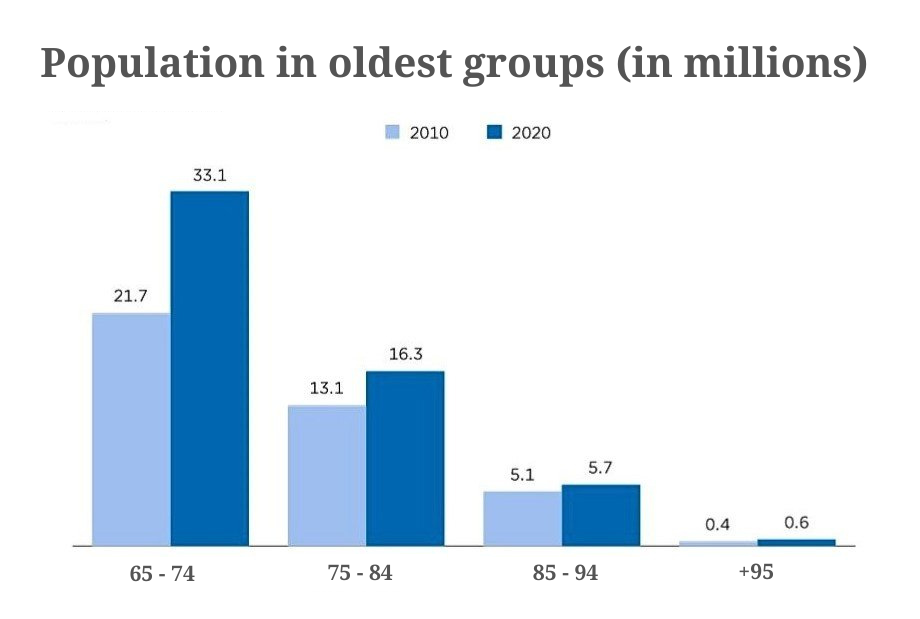
Some demographers comment: “In 2020, ten years later, the age group from 65 to 74 years old was the largest of the oldest age groups with 33.1 million people, which represents more than half of the 65-year-old-and-older population in the United States,” that is, 1 in 10 people.
And by 2030, they conclude, all baby boomers will be 65 years old or older. With an additional implication: “it is expected that at that time the growth of the older population will begin to slow down.”

The phenomenon has, of course, repercussions on all social life, including politics. Let’s say, for example, that the United States Constitution establishes that no person can be a senator if he has not reached the age of 30. However, it does not set a maximum age to remain in office.
The United States now has the oldest Senate in its history due to the sustained presence of baby boomers: 64 of its 100 members are at or above the average retirement age. The average age of the members of the first Senate (1789) was 47 years. Today it is around 64. Although gerontocracies are usually recognized for their past merits (for example, in Vietnam or the struggles for civil or women’s rights), the truth is that the system created by the founders favors seniority by rewarding permanence in office and allowing infinite re-elections.
Nor can we forget that it is a profitable activity. The average salary of a senator is around 174,000 dollars annually, that is, 14,500 dollars per month, plus income from lobbying, perfectly legal in the American scenario. Let’s say just as an example that the National Rifle Association (NRA) has contributed monetarily to the campaigns of several Republican senators, a broad spectrum that includes Mitt Romney ($13,647,676), Richard Blurr ($6,987,380) and Marco Rubio ($3,303,355), among others.
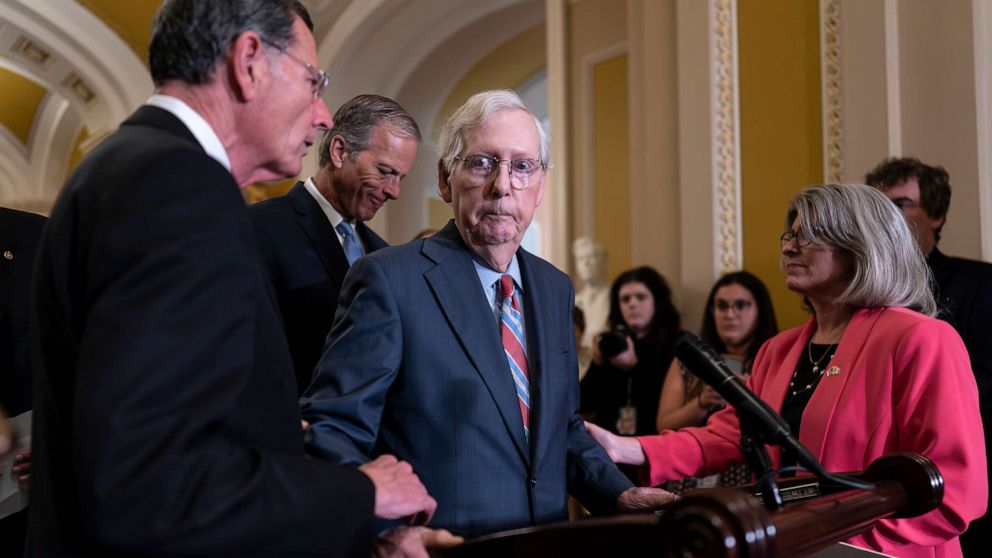
For these and other reasons, not many face the problem with the attitude of Romney himself, who announced that he would not run again in 2024. He gave his reasons: “At the end of another term, I would be in the eighties. Frankly, it is time for a new generation of leaders to emerge. They are the ones who need to make the decisions that will shape the world they will live in.”
Joe Biden and Donald Trump are part of that process. The first is the longest-serving president in American history. At 78 he won the 2020 elections, he just turned 81 and will be 86 if he manages to be re-elected.
Donald Trump is only four years younger, the second oldest man to reach the White House (at 70), but he has the advantage of having a well-mounted machinery that is responsible for reminding recipients of that impossible wish of babies boomers: forever young. Starting by appearing on posters, coffee mugs and T-shirts that present him in the body of Rocky Balboa as a young boxer armed with a pair of gloves, always ready for the fight to make America greater.
The New York businessman comes, in fact, from the world of the media and is, therefore, an expert in its techniques, including that of modulating his image. He has managed to hide his baldness with hair implants and his wrinkles and skin spots with makeup jealously applied in his bathroom, as noted at the time by certain undocumented service workers who, by the way, were paid for the unstimulating sum of 10 dollars an hour.
In opposition, the same structure is responsible for insisting to voters, in an almost obsessive way, that the opponent is a slow and sleepy old man (sleepy Joe), taking advantage of the fact that the liberal politician in front of them, a rationalist like many, has, in fact, given up competing in that field. Biden’s logic is different. But he has a problem: appearing almost always on the defensive.
The mainstream media play the role of sounding boards by conveying those messages (and others) of Donald Trump, even when they may editorially disagree with his actions and projections. If we add to the above the rejection of the elderly by contemporary society, we would be in the presence of the perfect formula to place a candidate against the wall. Many surveys show this: they do not want “an old man” to be re-elected as president, much less with those characteristics.
With all that in mind, the slightest blunder, the slightest stutter, the slightest slip is awaited. From the foot getting stuck on the bicycle or from falling on stage due to a lump in the middle. And if a politically motivated report states that the candidate has a “fuzzy,” “defective,” “poor memory,” and “significant limitations,” this only adds more grist to the same mill. All of the above is necessary to demonstrate what is known in advance about Biden, beyond economic indicators, the unemployment rate or the handling of the COVID-19 pandemic. They are not relevant data. They do not exist.
However, the message is not omniscient. A recent poll found that 59% of Americans believe both Biden and Trump are too old for office.
And for the record: accounting for the fact does not imply partisanship, nor sympathy for Democrats, nor aversion to Republicans. It only means confirming the obvious asymmetries of the case, which many times are not noticed.
We are basically talking about a problem that is anything but recent: the displacement of substance by the image. As Leslie Janka concluded at the time, the difference between Reagan as a “great communicator” and Carter was that the former “understood that politics was communication with leadership, and therefore prioritized communication over substance. Carter did the opposite.”
It was, without a doubt, one of the reasons why the southern Democratic politician was defeated by a former Hollywood actor in those 1980 elections.

